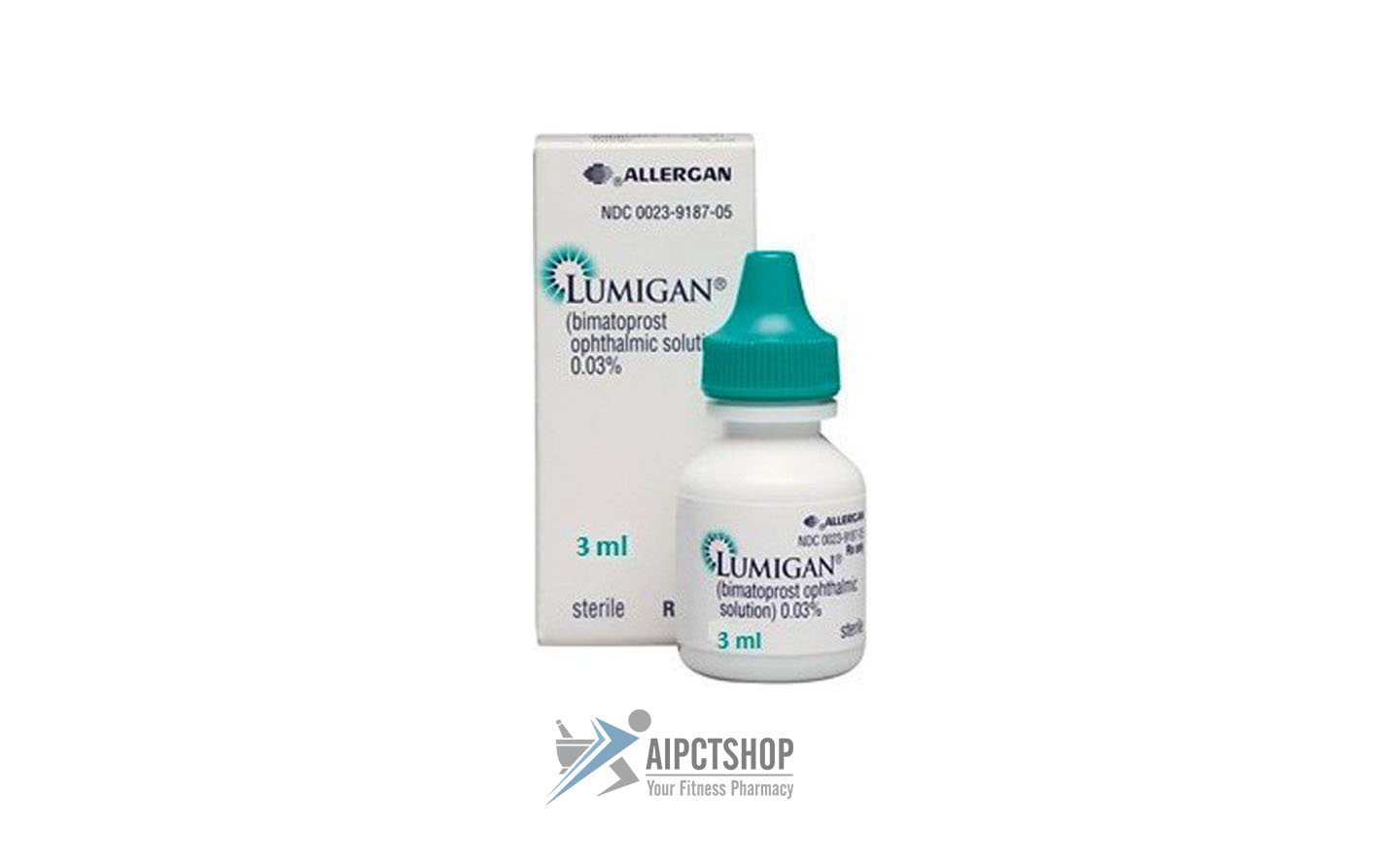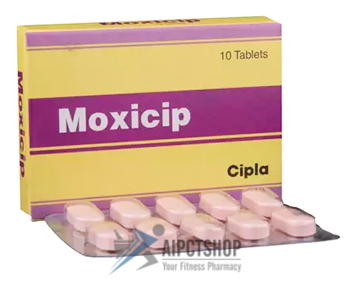Subtotal: $33.50
Careprost Plus Eye Drops (Bimatoprost/Timolol Maleate Eye Drops)0.5%/0.03%
Availability: in stock
$26.75
Bimatoprost Information
What is this drug used for?
– It is used to treat glaucoma.
– It is used to lower high eye pressure.
– It is used to help eyelashes grow. It may take 2 months to see the full effect.
Possible side effects
Bimatoprost may cause side effects. Tell your doctor if any of these symptoms are severe or do not go away:
For all uses of this drug:
– Eye irritation.
– This drug may cause dark eyelids. Most of the time, this change goes back to normal after this drug is stopped.
For treating glaucoma or lowering eye pressure:
– Dry eyes.
– Feeling that something is in the eye.
– Burning.
– This drug may cause eyelash changes like dark eyelashes, thickness, or more eyelashes. Most of the time, these changes go back to normal after this drug is stopped.
Some side effects can be serious. If you experience any of these symptoms, call your doctor immediately or get emergency medical treatment:
– Signs of an allergic reaction, like rash; hives; itching; red, swollen, blistered, or peeling skin with or without fever; wheezing; tightness in the chest or throat; trouble breathing, swallowing, or talking; unusual hoarseness; or swelling of the mouth, face, lips, tongue, or throat.
– Change in eyesight, eye pain, or very bad eye irritation.
– If bright lights bother your eyes.
– Eye discharge.
– Eye color may change to a brown color. This change may be long-lasting. Eye color changes may happen a few months to years after starting this drug. If eye color changes, call the doctor.
Product Availability
Durysta (bimatoprost intracameral implant): FDA approved March 2020; anticipated availability unknown. Durysta is indicated for the reduction of intraocular pressure in patients with open angle glaucoma or ocular hypertension. Information pertaining to this product within the monograph is pending revision. Consult the prescribing information for additional information.
Storage and Stability
Store between 2?C to 25?C (36?F to 77?F).
Adverse Reactions
Adverse reactions and percentages are for Lumigan unless noted:
>10%:
Dermatologic: Increased growth in number of eyelashes
Ophthalmic: Conjunctival hyperemia (25% to 45%; Latisse: <4%), eye pruritus (>10%; Latisse: <4%)
1% to 10%:
Central nervous system: Headache (1% to 5%), foreign body sensation of eye
Dermatologic: Erythema of eyelid (1% to 10%; Latisse: <4%), hyperpigmentation of eyelashes, local skin hyperpigmentation (Lumigan and Latisse)
Endocrine & metabolic: Hirsutism
Hepatic: Abnormal hepatic function tests (1% to 5%)
Infection: Infection (10% [primarily colds and upper respiratory tract infections])
Neuromuscular & skeletal: Asthenia (1% to 5%)
Ophthalmic: Dry eye syndrome (1% to 10%; Latisse: <4%), eye irritation (1% to 10%; Latisse: <4%), allergic conjunctivitis, asthenopia, blepharitis, burning sensation of eyes, cataract, conjunctival edema, conjunctival hemorrhage, eye discharge, eye pain, iris hyperpigmentation (may be delayed), lacrimation, photophobia, superficial punctate keratitis, visual disturbance
<1%, postmarketing, and/or case reports: Acute bronchospastic disease, bacterial keratitis (caused by inadvertent contamination of multiple-dose ophthalmic solutions), blurred vision, cystoid macular edema, deepening of the eyelid sulcus, dizziness, dyspnea, eyelid edema, hypertension, iritis, local dryness, local hypersensitivity reaction, macular edema, madarosis of eyebrow, nausea, skin rash (including macular and erythematous), trichorrhexis, uveitis

 TEROL LA (Detrol LA)4 mg – 30 tablet
TEROL LA (Detrol LA)4 mg – 30 tablet 







Reviews
There are no reviews yet.